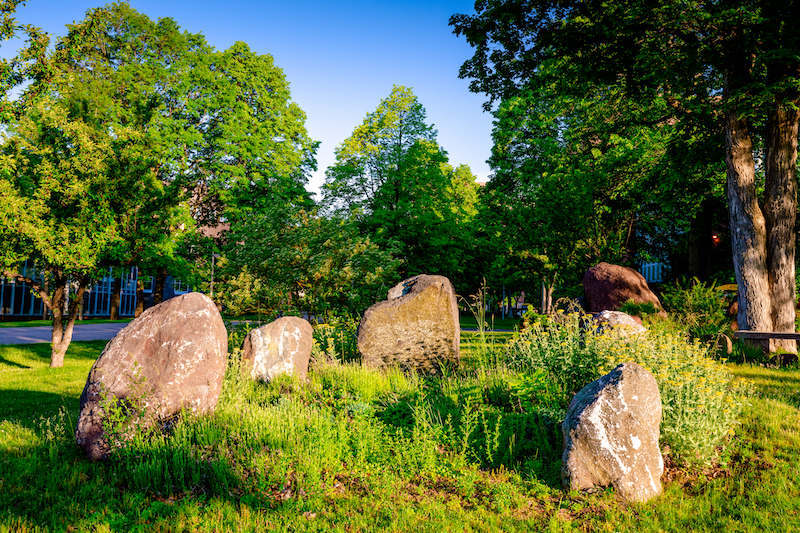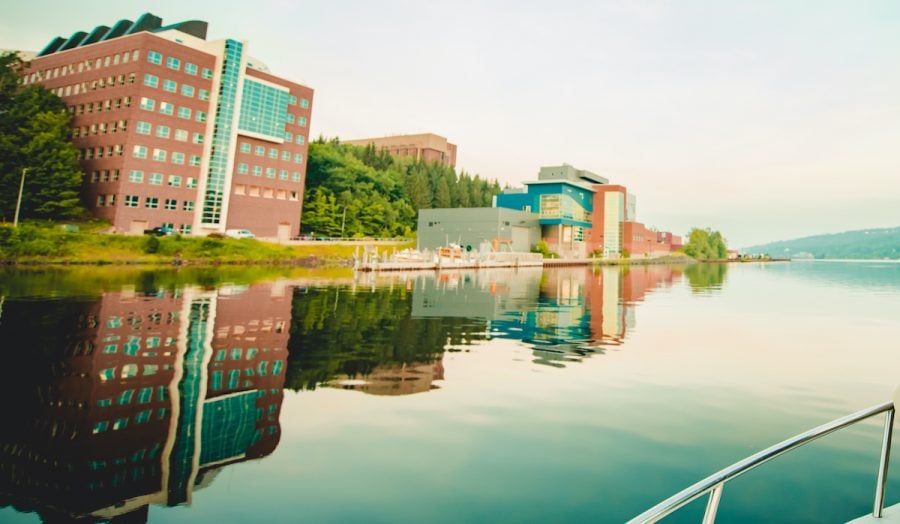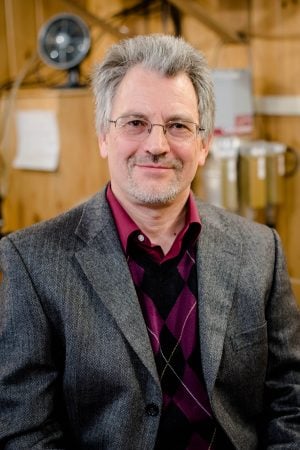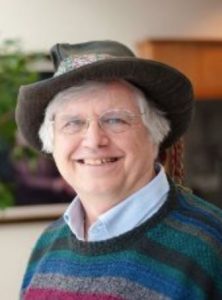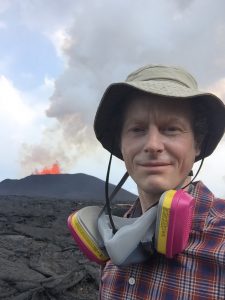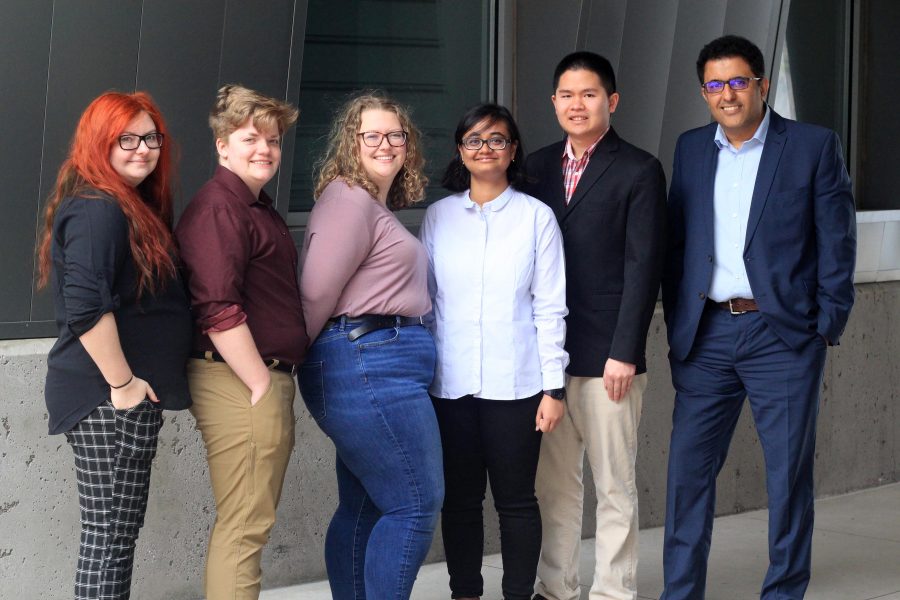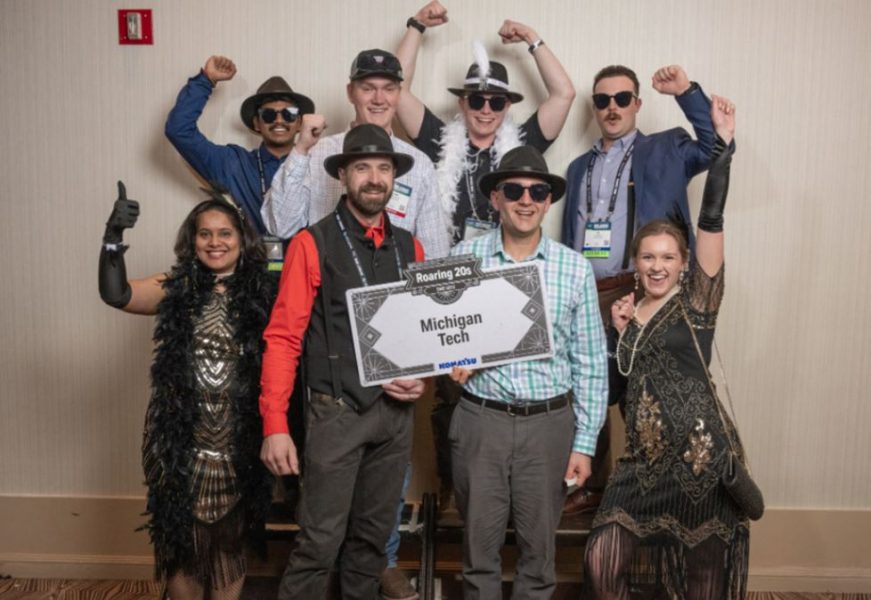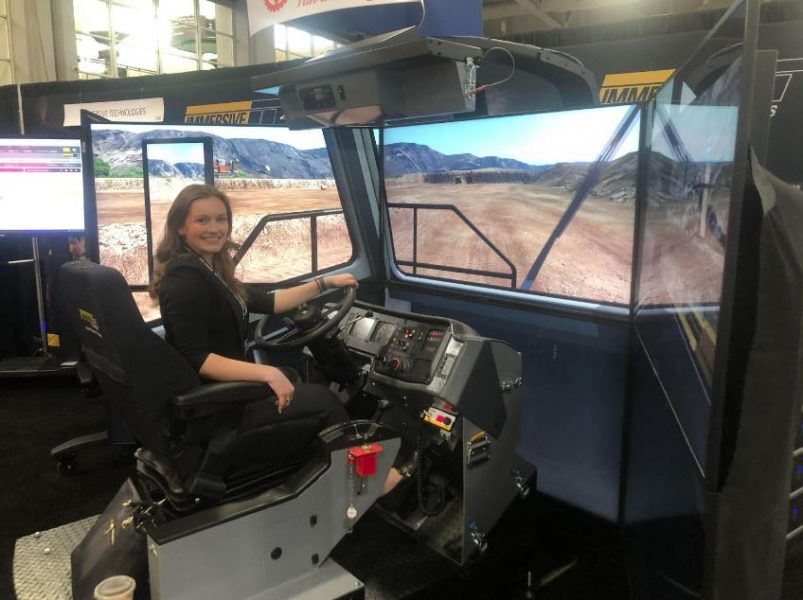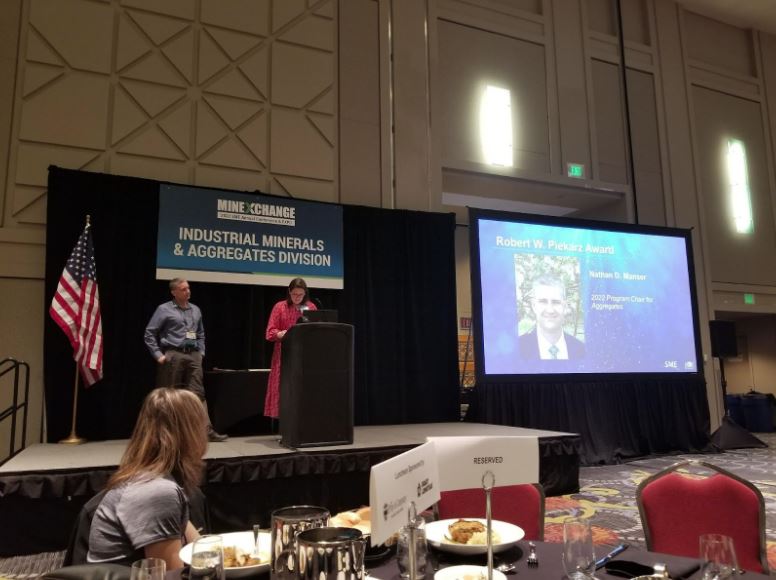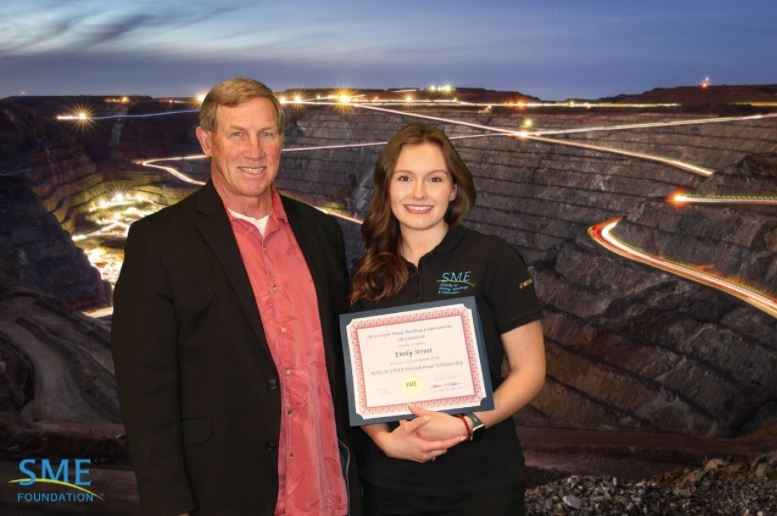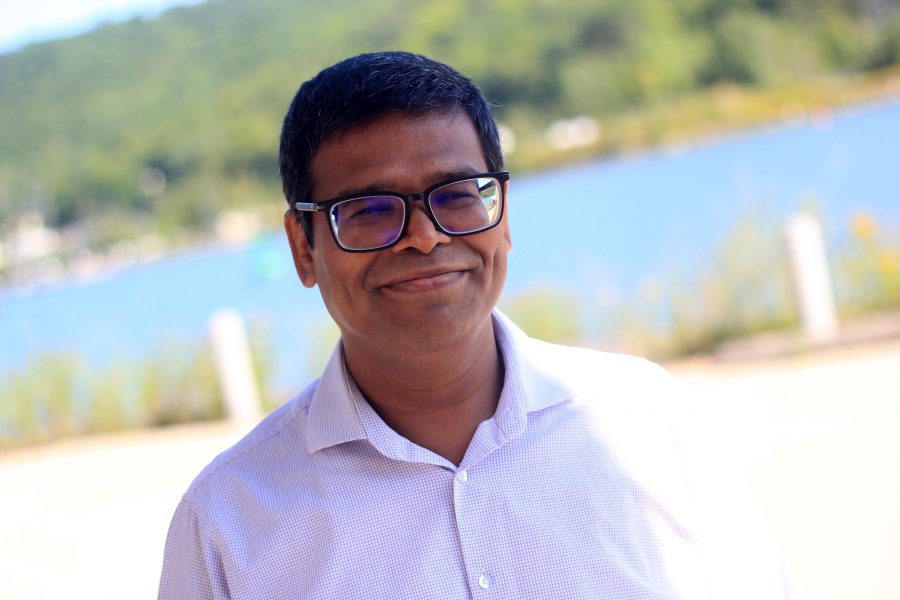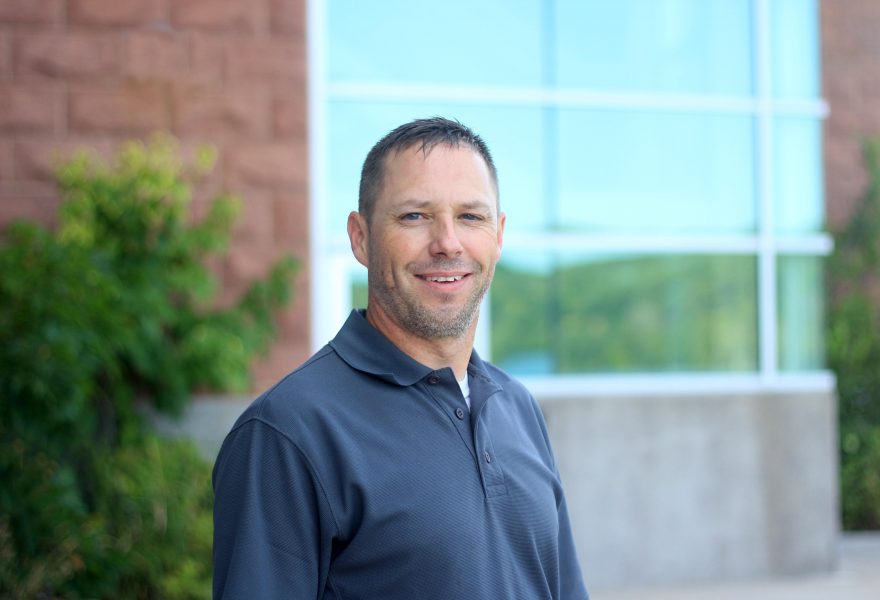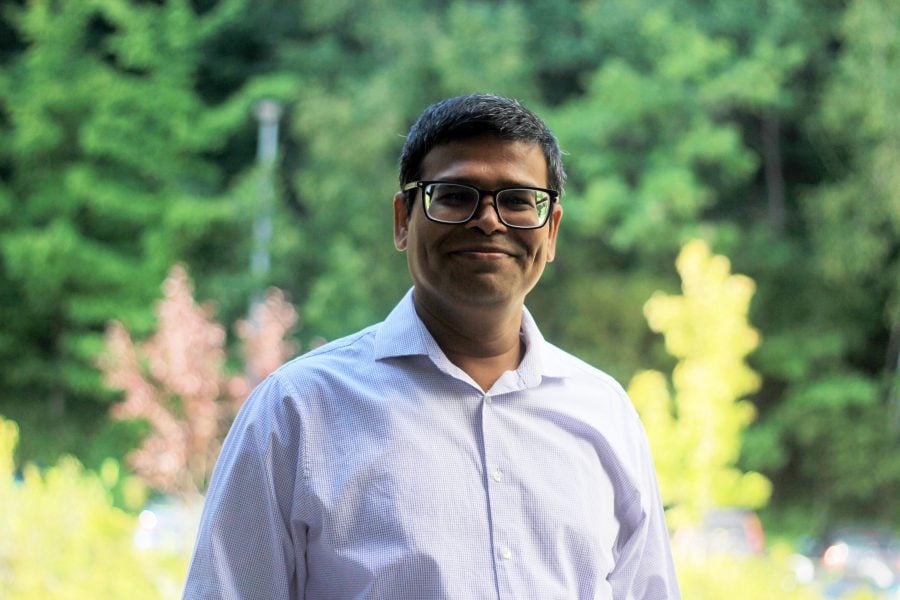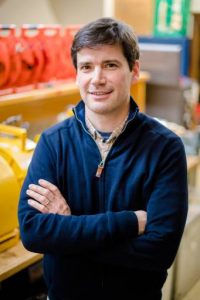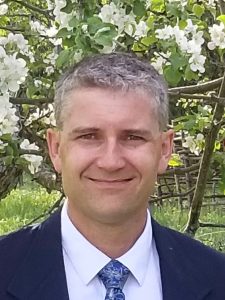Dear Friends, Colleagues, and Alumni,
Greetings from the Department of Geological and Mining Engineering and Sciences! I hope that this newsletter finds you well and in good spirits.
The long Keweenaw winter is finally over and so is another fruitful academic year at Michigan Tech. We continue to thrive in the strong pursuit of our research and educational missions.
With most pandemic-related restrictions lifted, our GMES faculty and students alike enjoyed in-person interaction in both the classroom and the lab, and also resumed their travel to fieldwork, conferences, and other professional activities.
Thanks to the generosity of our donors, we were able to fund student participation in professional meetings. One particular highlight: our faculty and students were honored and recognized for their contributions and hard work at the 2022 SME Annual Conference & Expo in Salt Lake City.
Our central priority is to enrich the learning experiences of our students and ensure their future success. At the end of April we wholeheartedly congratulated our Spring 2022 graduates, wishing them godspeed in their future endeavors. We also celebrated the well-deserved promotions of Dr. Radwin Askari to Associate Professor of Geophysics with tenure, and of Dr. Nathan Manser to Professor of Practice in Mining Engineering. Dr. Manser also received the Robert W. Piekarz award from the Industrial Minerals and Aggregates Division of SME.
Our faculty, staff, and students have been actively engaged in a wide range of research and engineering problems, working around the globe from Central America to India. Funding for this research comes from various agencies including NSF, NASA, USGS, NIOSH, and others. I am especially proud to report the success of our students who won no less than six Michigan Space Grant Consortium awards this year!
Many of these achievements are made possible through your ongoing encouragement and support. Thank you! We strive to provide the best opportunities for our students. As we work toward our goals, with your continued support, I am certain we will get where we want to be.
While this letter is mainly intended to share our news with you, I hope that you will in turn share your own news and achievements with our Department, so that we can celebrate the impact each of us has on the wider world.
And, if your travels bring you to Houghton, please stop by–we are always happy to see you.
Best wishes,
Aleksey Smirnov
Professor and Chair
Department of Geological and Mining Engineering and Sciences
